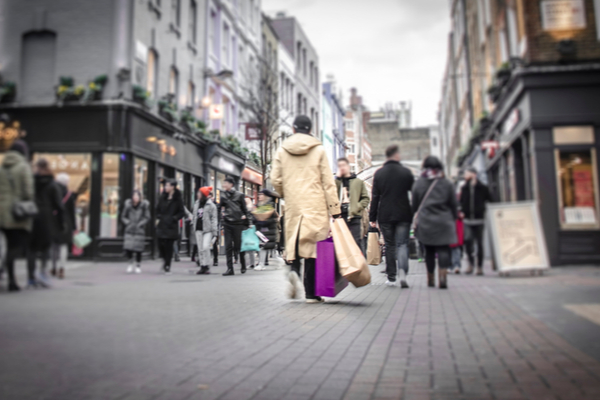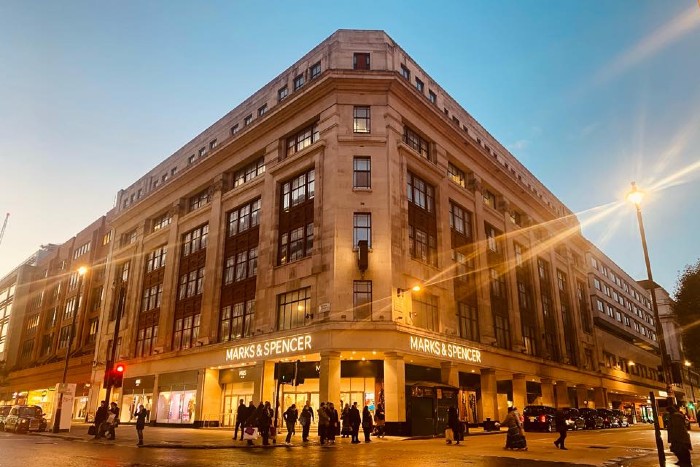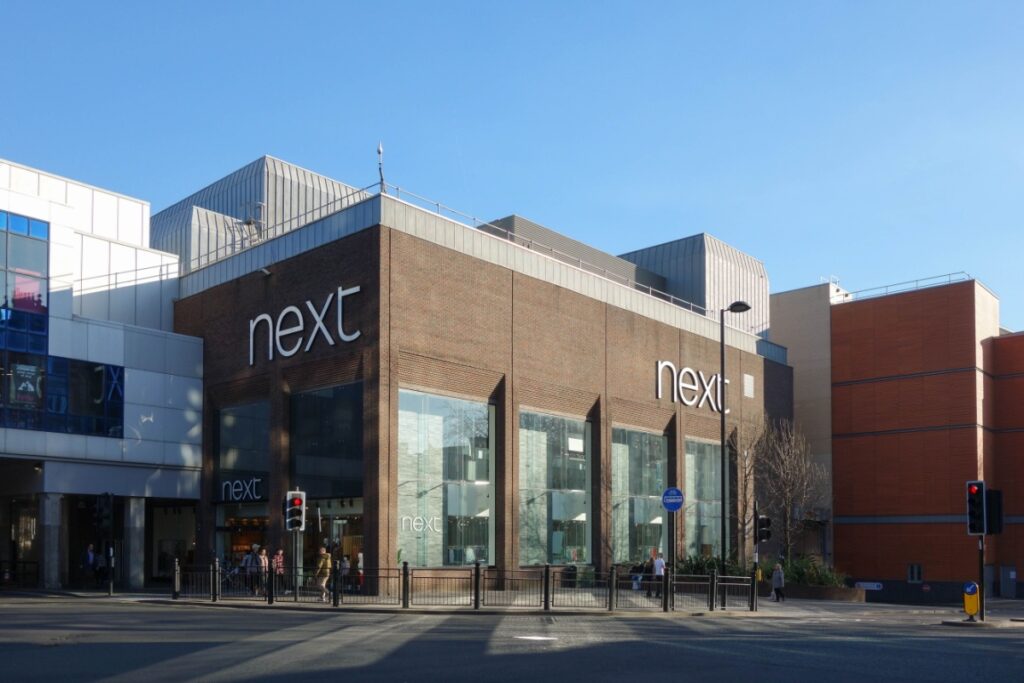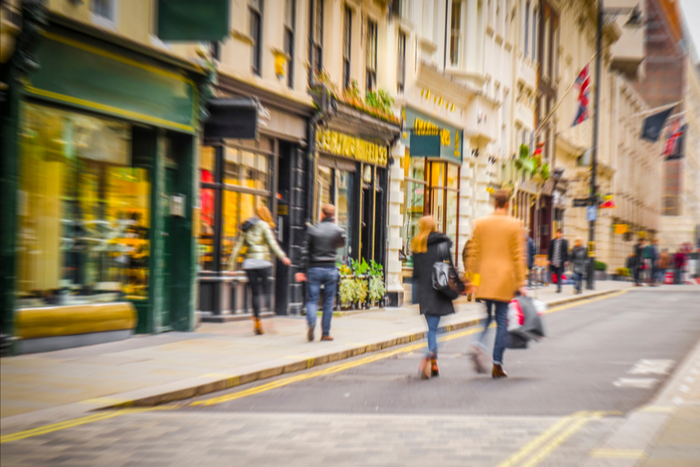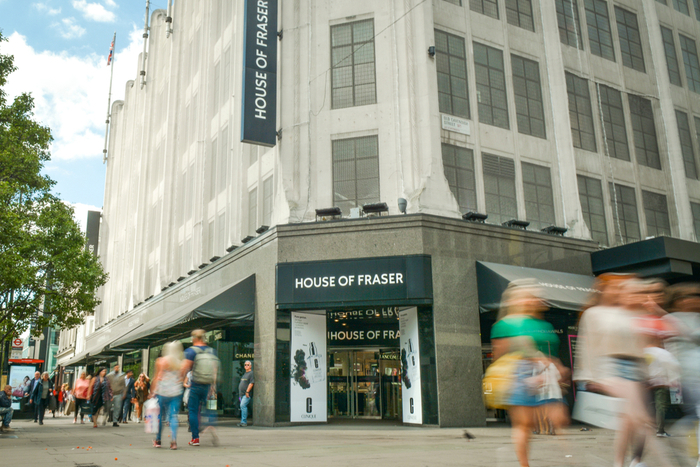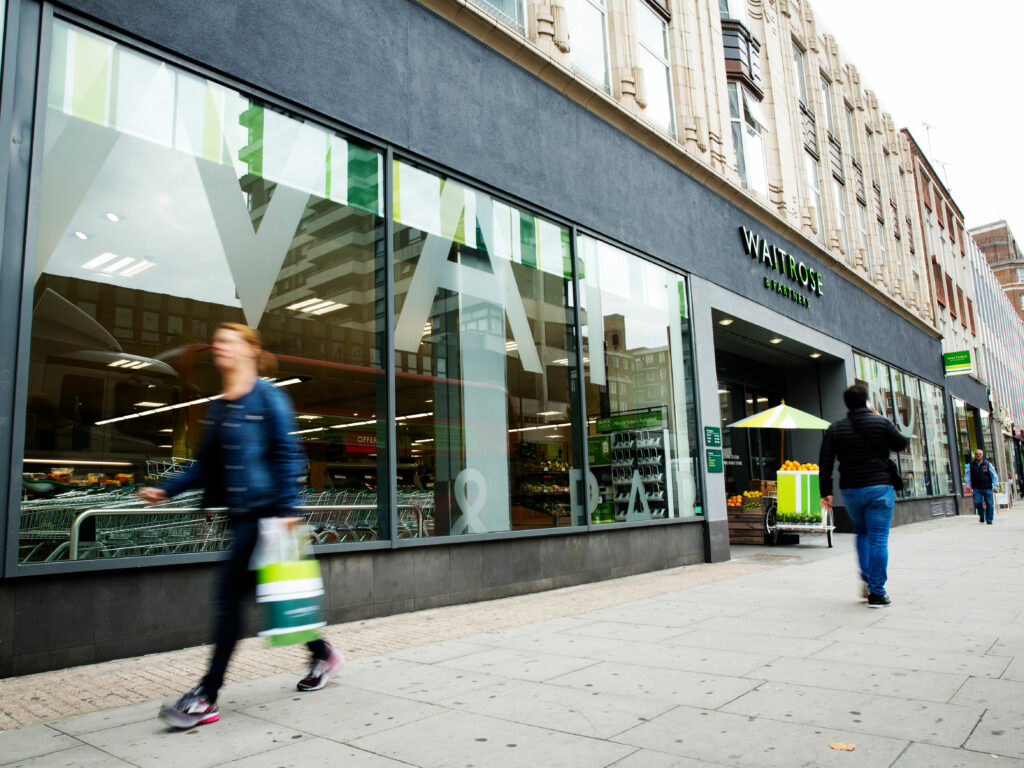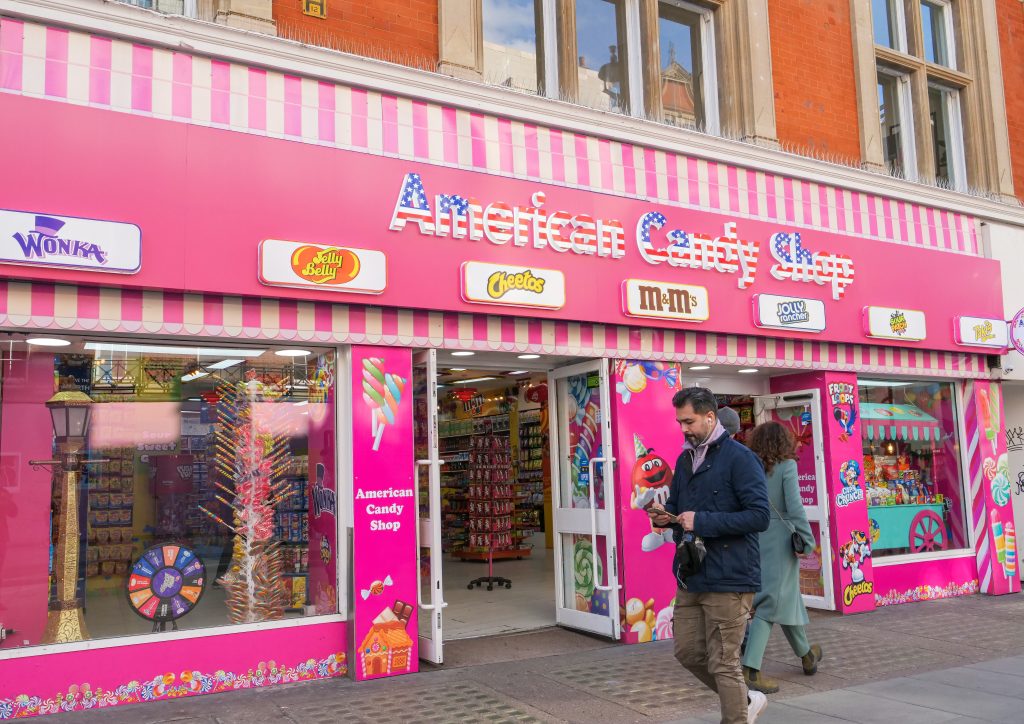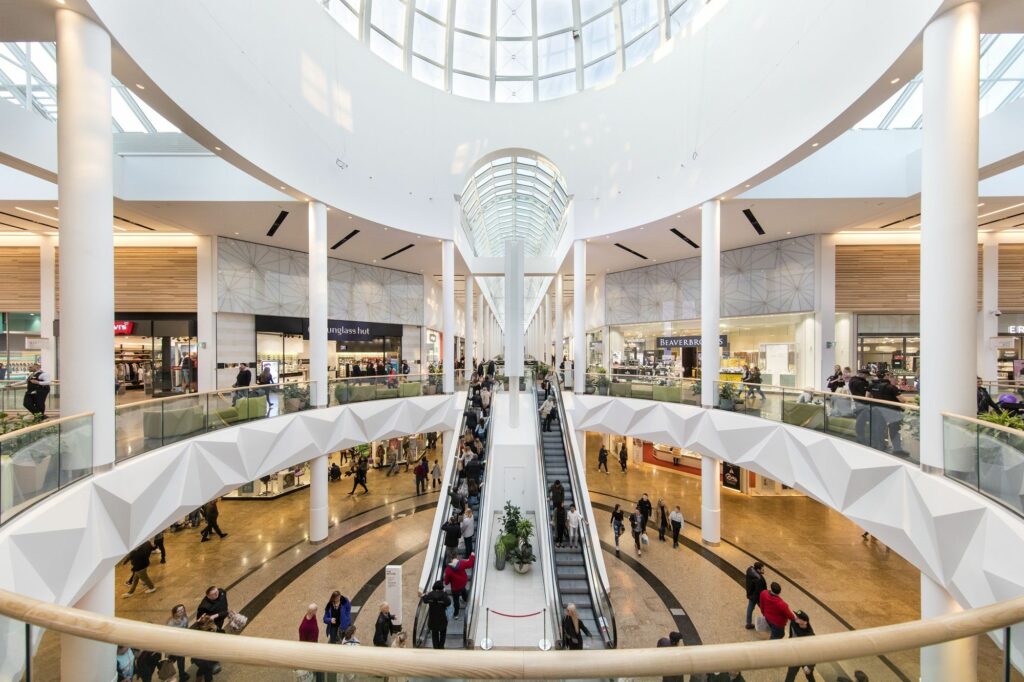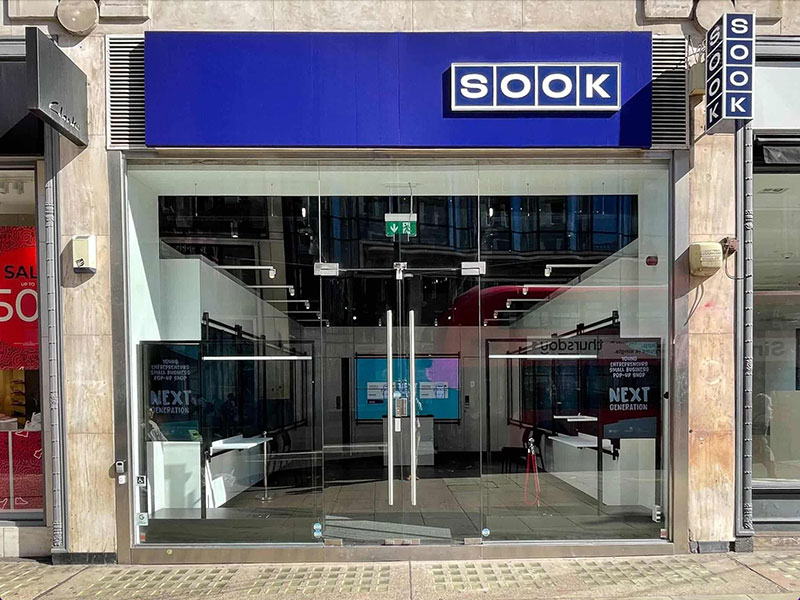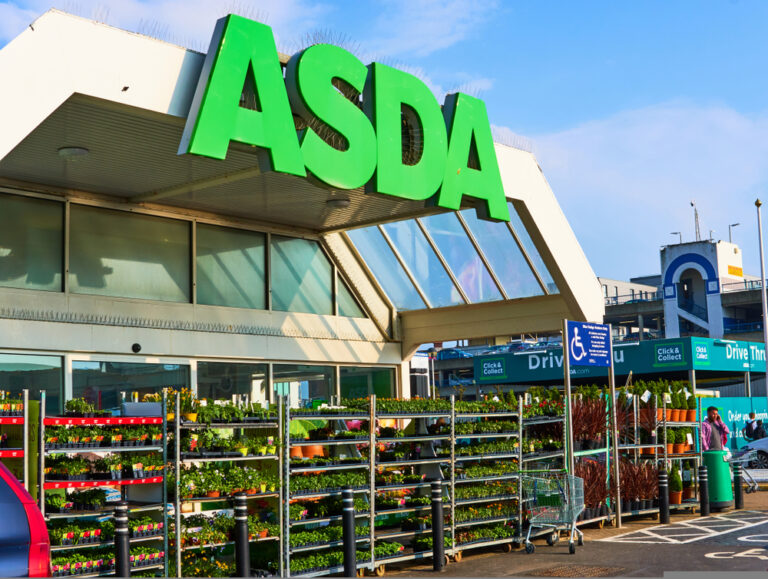// UK retail shows signs of stabilising post-Covid with shop vacancy rates falling for the first time since 2018
// The retail vacancy rate hit a record high in 2021, but peaked in the first half at 15.8%
The number of empty retail stores and restaurants across the UK has fallen for the first time since 2018 according to new data, prompting hopes that a post-pandemic recovery may be under way.
The latest analysis from retail insights company Local Data Company (LDC) for the full year of 2021 concluded that “the worst of the pandemic is over” for the retail and leisure sectors and that there was cause for “cautious optimism”.
In the second half of last year the national vacancy rate declined by 0.1% from the first half to reach 14.4% of all shops, according to LDC. The drop is the first decline in three years.
The retail vacancy rate hit a record high of 15.8% in 2021, but has since decreased to 15.7% in the second half of 2021.
The LDC said it did not expect vacancy rates to return to pre-pandemic levels yet, but said they are projected to decline further over 2022 thanks to the continued redevelopment and repurposing of retail space.
In shopping centres, vacancy rates fell 0.3% in the second half of 2021, bringing the void rate back down to 19.1% by the end of the year.
While retail parks showed a 0.2% decline in vacancy rate in the second half of 2021, continuing the trend of carrying the lowest vacancy rate of any shopping location type since 2013.
However the vacancy rate for high streets only fell by 0.1% in the second half of 2021, but high street vacancy rates were only up 2.3% on the second half of 2019, compared with increases of 3.2% for retail parks and 4.8% for shopping centres over the same period.
These figures suggest high streets were not as heavily impacted by Covid-19 as other location types, being less exposed to at-risk brands and having a higher percentage of independent occupiers who benefited from extra support from the Government.
Commenting on the latest figures, LDC commercial director Lucy Stainton said: “This latest analysis is significant because the figures finally point to a reversal of the structural decline we had seen accelerate with the onset of the Covid-19 pandemic. Going into this, the physical retail market had already been plagued by a number of other headwinds, such as online and digital adoption, but the coronavirus brought about long periods of restricted trading and this proved insurmountable for many chains across both retail and hospitality.
“Vacancy rates peaked halfway through 2021 as a result of this but, as we come into 2022, these latest statistics are cause for cautious optimism, with the number of empty shops finally coming down as consumers return to high streets and shopping centres.
“Our analysis points towards this trend continuing as the final shakeout from various CVAs (company voluntary arrangements) and insolvencies is hopefully behind us and independent operators continue to open new sites. With many chains re-looking at their strategy for growth, the independent sector proving buoyant and an unprecedented level of repurposing and redevelopment, we could be seeing the start of a new phase of physical retailing and we will be tracking this very closely.”
Click here to sign up to Retail Gazette‘s free daily email newsletter

